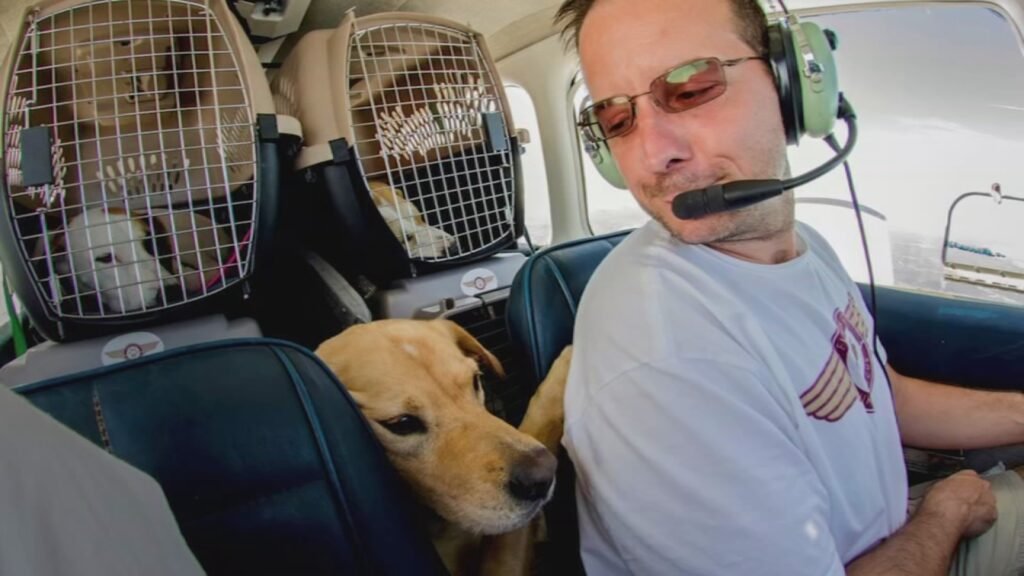After more than half a century of controversy, criticism, and animal suffering, the Miami Seaquarium is officially closing its doors this Sunday. For many, this marks the end of a dark era—one defined by concrete tanks, isolated lives, and the exploitation of some of the ocean’s most intelligent beings. But for the dolphins and other marine animals who still remain inside those barren enclosures, the closure is not the end of the story—it’s just the beginning of a long-overdue fight for freedom, healing, and justice.
At Sustainable Action Now, we believe every living being deserves to live free from cruelty and confinement. The Miami Seaquarium may be shutting down, but the legacy of harm it leaves behind is deep and lasting—and so is our commitment to ensuring that the animals who survived its captivity are not forgotten or discarded in its final act.
👉 Learn more about the cruelty of dolphin captivity and what comes next.
A History of Suffering Behind the Seaquarium’s Walls
What Comes Next? A Future Beyond the Tank
These sanctuaries provide a far more humane alternative to concrete tanks. Dolphins and other marine mammals can enjoy ocean water, larger habitats, environmental enrichment, and reduced human interaction—all while receiving expert veterinary care and supervision.
Captive dolphins, especially those who were born in confinement or have never lived in the wild, may never be able to be fully released. But that doesn’t mean they must die in tanks. Sanctuaries offer a middle path: one of dignity, respect, and healing.
We demand that authorities, former Seaquarium operators, and government agencies act swiftly to ensure these animals are not sold to other marine parks or exploited for profit again, but are given the retirement they deserve.
The Broader Issue: Dolphin Captivity Is Inherently Cruel
The Seaquarium is just one facility in a global industry that continues to profit from the confinement and display of dolphins. Across the world, dolphins are still being bred, trained, and forced to perform unnatural tricks for crowds of tourists. Many are captured from the wild, often through violent and traumatic hunts, and then sold into a life of isolation and psychological torment.
In captivity, they are reduced to performers—confined to barren tanks a fraction of the size of their natural range, deprived of social bonds, and trained through food deprivation and repetitive conditioning. It is not education. It is not conservation. It is exploitation.
A Turning Point for Marine Animal Rights
The closure of the Miami Seaquarium is part of a larger cultural and ethical shift. Public awareness around animal welfare is growing, and people are increasingly rejecting the idea that animal suffering should be a source of human entertainment. Major travel platforms have stopped promoting marine parks, documentaries like Blackfish have changed hearts and minds, and countries around the world are banning or phasing out dolphin and orca captivity entirely.
But the U.S. still lags behind.
Now is the time for national legislation that bans the captivity of dolphins and other cetaceans, prohibits the breeding and trade of marine mammals, and supports the development of sanctuaries and non-exploitative education alternatives.
What You Can Do Right Now
You don’t have to be on the frontlines of protests to make a difference. Here are tangible steps you can take today:
✅ Avoid supporting marine parks and aquariums that keep dolphins or whales in captivity.
✅ Educate others about the realities of dolphin captivity and the availability of ethical alternatives.
✅ Support sanctuaries that care for rescued or retired marine animals.
✅ Contact lawmakers and urge them to pass laws banning the capture, breeding, and display of marine mammals.
✅ Share resources, like our page on dolphin captivity, to help raise awareness.
👉 Visit Sustainable Action Now to learn how you can be part of the solution.
Final Thoughts: Closing One Door, Opening Another
The Miami Seaquarium may be shutting down, but this is not the end—it’s a critical turning point. It is a moment to reflect on the harm that’s been done, honor the lives lost, and fight for those still waiting behind glass walls for a taste of freedom.
At Sustainable Action Now, we won’t stop until every captive dolphin, whale, and marine animal is free from exploitation and suffering. This is our chance to turn the tide—for the survivors of the Seaquarium and for all marine life still imprisoned around the world.
Let this be the last time we wait until the gates close to act.
#SustainableActionNow #EndDolphinCaptivity #MiamiSeaquarium #AnimalRights #MarineSanctuary #FreeTheDolphins #Lolita #CloseTheTanks #DolphinFreedom #CompassionateConservation


